Power to the People: How Communities Are Generating Their Own Renewable Energy
 Vaishali Garg
Vaishali Garg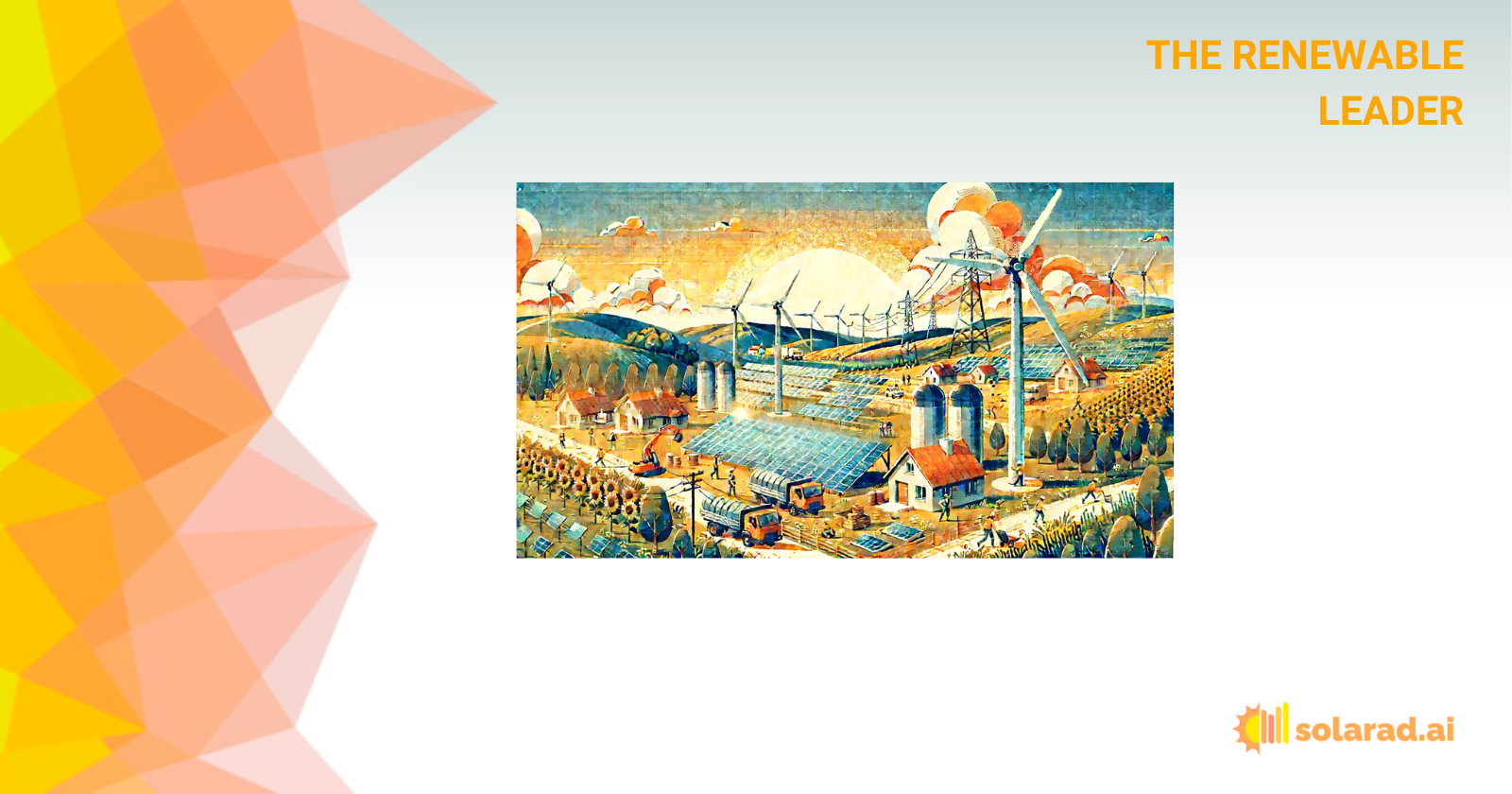
Dear Green Energy Enthusiasts,
Have you ever wondered what would happen if your neighborhood could generate its own electricity? What if you could turn that old windmill at the park into a community cash cow? Well, wonder no more—community-owned renewable energy projects are turning these fantasies into a powerful reality.
Gone are the days when energy decisions were made by far-off suits in shiny boardrooms. Now, it’s the folks down the street—yes, the ones who run the bake sale and organize the block party—who are leading the charge toward energy independence. And let’s be honest, they’re doing a better job of it too.
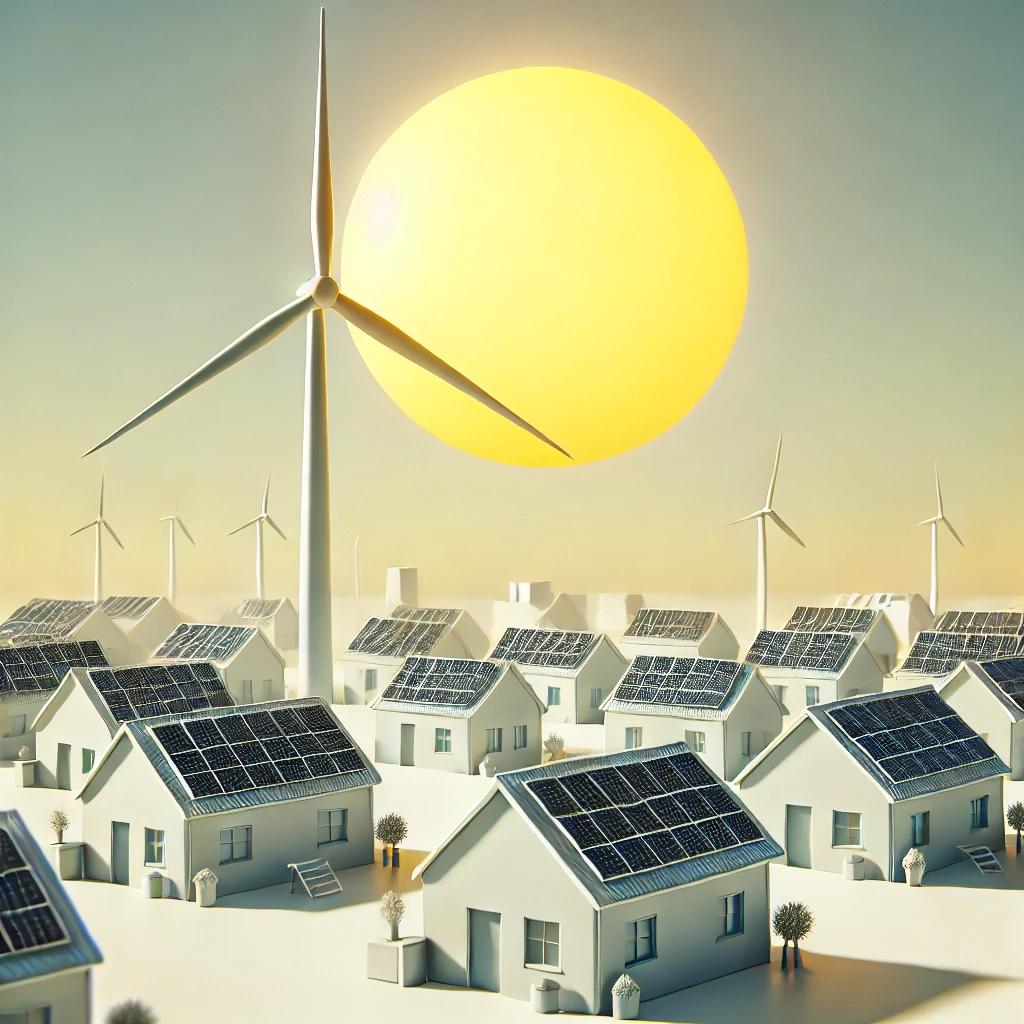
🌬️ Wind, Sun, and a Whole Lot of Community Spirit
Germany, a country that already knows a thing or two about efficiency (we’re looking at you, Autobahn), has taken community energy to the next level. In fact, over 40% of Germany’s renewable energy comes from projects owned by local communities. That’s right—the same people who brought us pretzels and Oktoberfest are also powering their homes and businesses with community-owned wind farms. You could say they’re “brewing” something more than just beer.
But it’s not just about keeping the lights on. These projects are transforming local economies faster than you can say “energiewende” (which, by the way, is German for “energy transition”). By generating their own power, communities are keeping profits close to home. This has led to an economic revival in many areas, creating jobs and funding local projects. Forget big energy giants—here, the true power lies with the people.
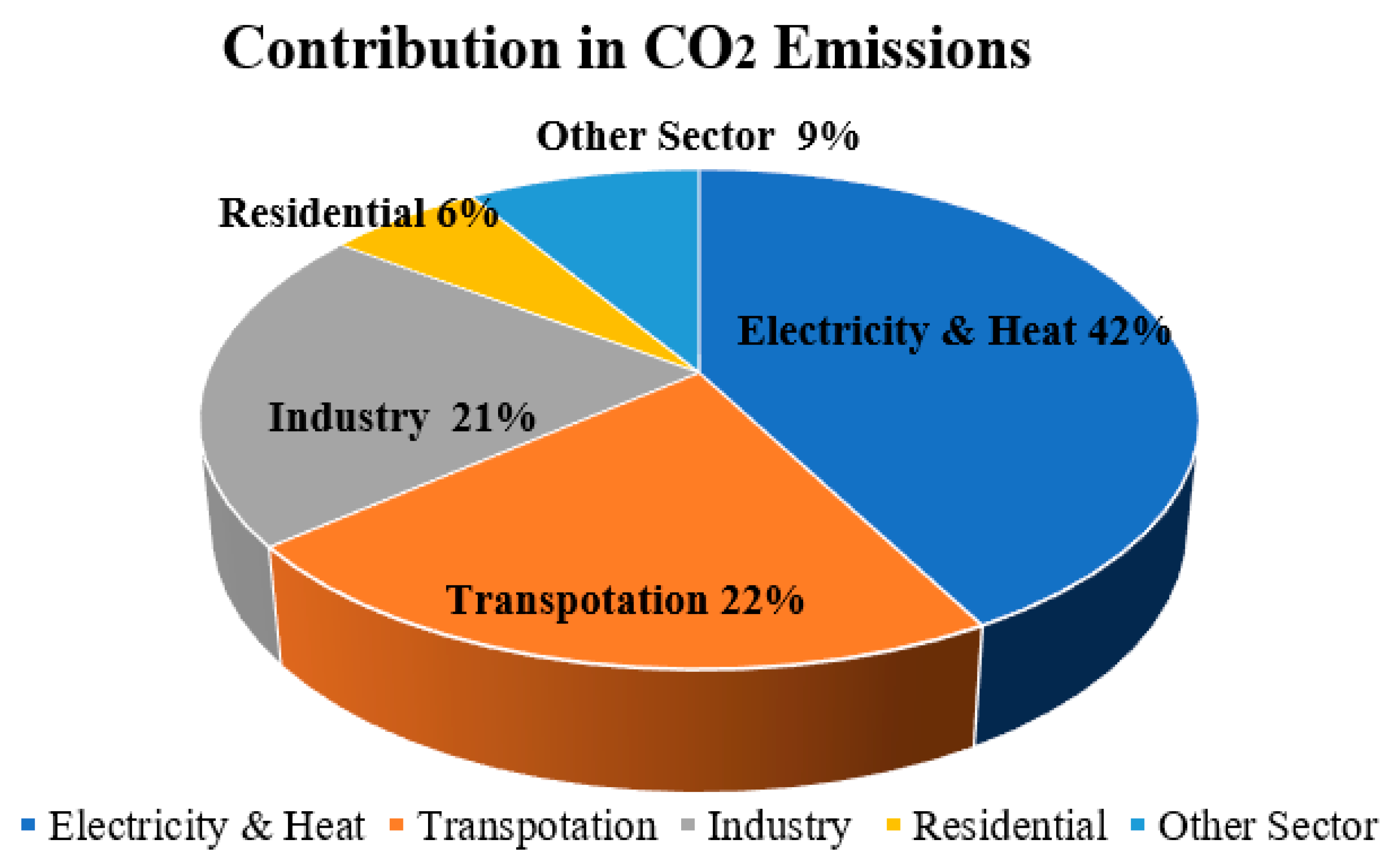
💸 More Green, Both in Energy and in Your Wallet
Let’s talk money. Community energy isn’t just good for the planet; it’s good for your wallet, too. Imagine all those energy bills you pay every month—now imagine that money staying in your community instead of heading off to some distant corporate HQ. That’s the beauty of these projects.
In the UK, for instance, community-owned solar projects are lighting up towns and saving residents a pretty penny. With profits being reinvested locally, the whole town benefits. Whether it’s funding a new school playground or supporting local businesses, everyone’s a winner. Even the squirrels get new trees!
Global Policy Shifts: Governments Are Getting on Board
Now, let’s zoom out a bit. It’s not just communities that are seeing the light; governments around the world are flipping the switch on renewable energy policies. From tax incentives to green grants, there’s a global shift towards clean energy that’s making it easier than ever for communities to take control.
In India, cities like Chennai are leading the charge with urban solar projects that are as innovative as they are practical. Smart grids, electric vehicle infrastructure, and green building policies are turning cities into renewable energy hubs. And with policies like the International Solar Alliance backing them, these cities are well on their way to becoming models of sustainability.
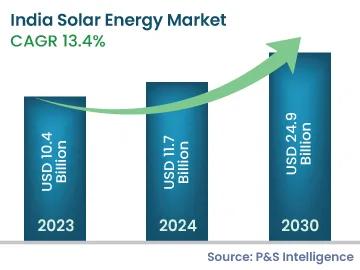
The Challenges and Opportunities of Going Green
Of course, no great revolution comes without its challenges. Transitioning to renewable energy isn’t always a walk in the park—sometimes, it’s more like a hike up a mountain with a solar panel strapped to your back. But fear not! The opportunities far outweigh the hurdles.
Take grid integration, for example. Sure, adding renewable energy to the grid can be a bit like trying to fit a square peg into a round hole. But the potential benefits, like stabilizing energy prices and reducing our carbon footprint, make it worth the effort.
Intermittency is another challenge—after all, the sun doesn’t always shine, and the wind doesn’t always blow. But advances in battery storage and smart grid technology are making these issues a thing of the past. The future is bright, even when the skies are cloudy.
🏙️ Cities Lead the Way: Urban Areas as Renewable Energy Champions
Cities around the world are proving that you don’t need a vast expanse of land to make a big impact. From Mumbai to Melbourne, urban areas are leading the renewable energy transition with projects that are as creative as they are effective.
In India, cities are rolling out solar projects on rooftops and parking lots, making use of every available inch. It’s not just about solar panels, though—smart grids, electric vehicle infrastructure, and green building policies are all part of the puzzle. And the best part? These efforts are turning cities into beacons of sustainability, lighting the way for others to follow.
The Future is Community-Owned
So, what’s the takeaway here? Community-owned renewable energy projects are not just a trend—they’re a revolution. They’re empowering local communities, boosting economies, and helping us all take a giant leap toward a more sustainable future.
The power is literally in our hands. So, whether you’re in a bustling city or a quiet rural town, it’s time to get involved. Join the revolution, and let’s light up the world—one community at a time.
Until next time, keep those solar panels shining and those turbines turning!
Cheers to a brighter tomorrow,
The Solarad Team
TOP MARKET NEWS
ReNew has secured a 437.6 MW contract with Microsoft, projected to produce over 1 million units of green electricity annually. This agreement supports Microsoft's goal to achieve carbon negativity by 2030.
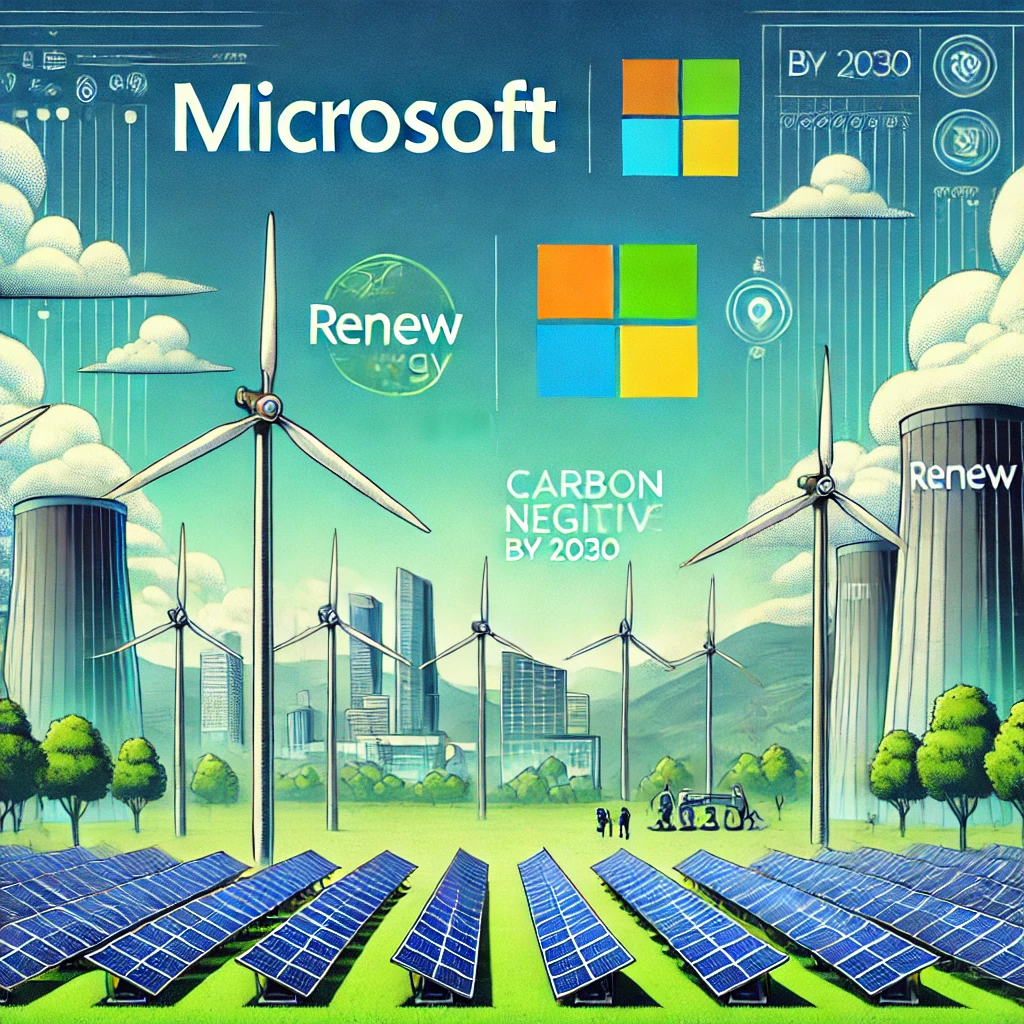
The European Union has revised its hydrogen project auction rules to limit China's participation, aiming to protect its industry and prevent Chinese dominance in critical sectors. This move aligns with broader EU efforts to safeguard key technologies from foreign influence.
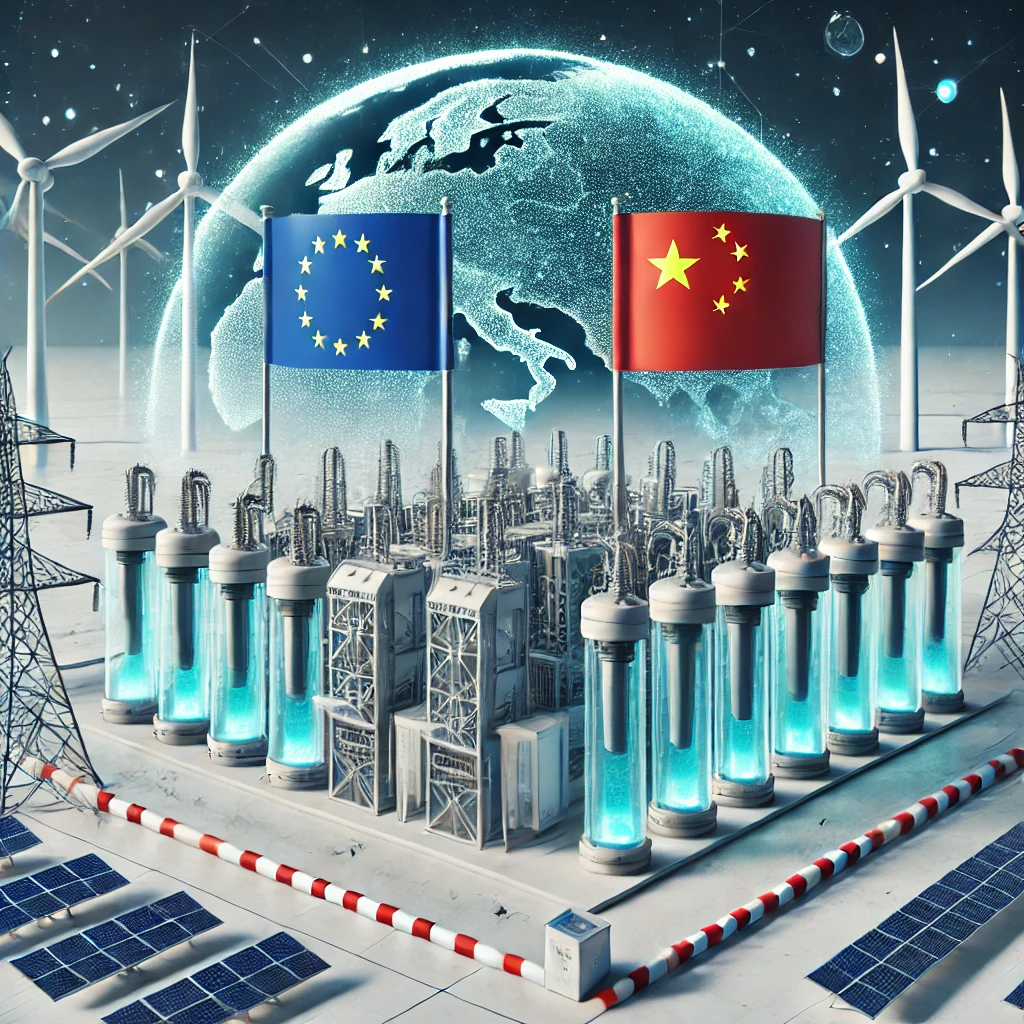
Ankur Kumar appointed as Chief Executive Officer of Essar Power’s Renewables Division and will play a key role in advancing Essar’s commitment to transitioning into Green Energy and establishing a robust renewable ecosystem in India.

Paul Mansour appointed as new CEO of Sustainable Power Solutions (SPS) who joined the business as it continues to grow and deploy innovative solutions into Africa’s renewable sector
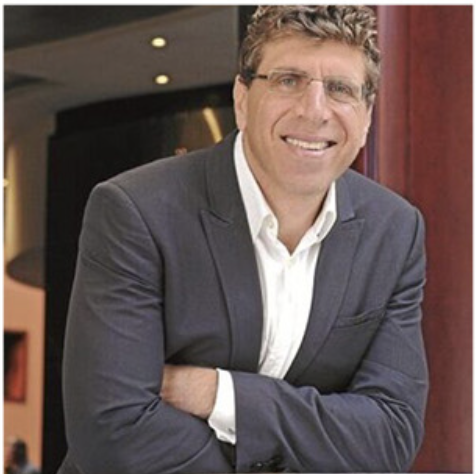
Subscribe to my newsletter
Read articles from Vaishali Garg directly inside your inbox. Subscribe to the newsletter, and don't miss out.
Written by
